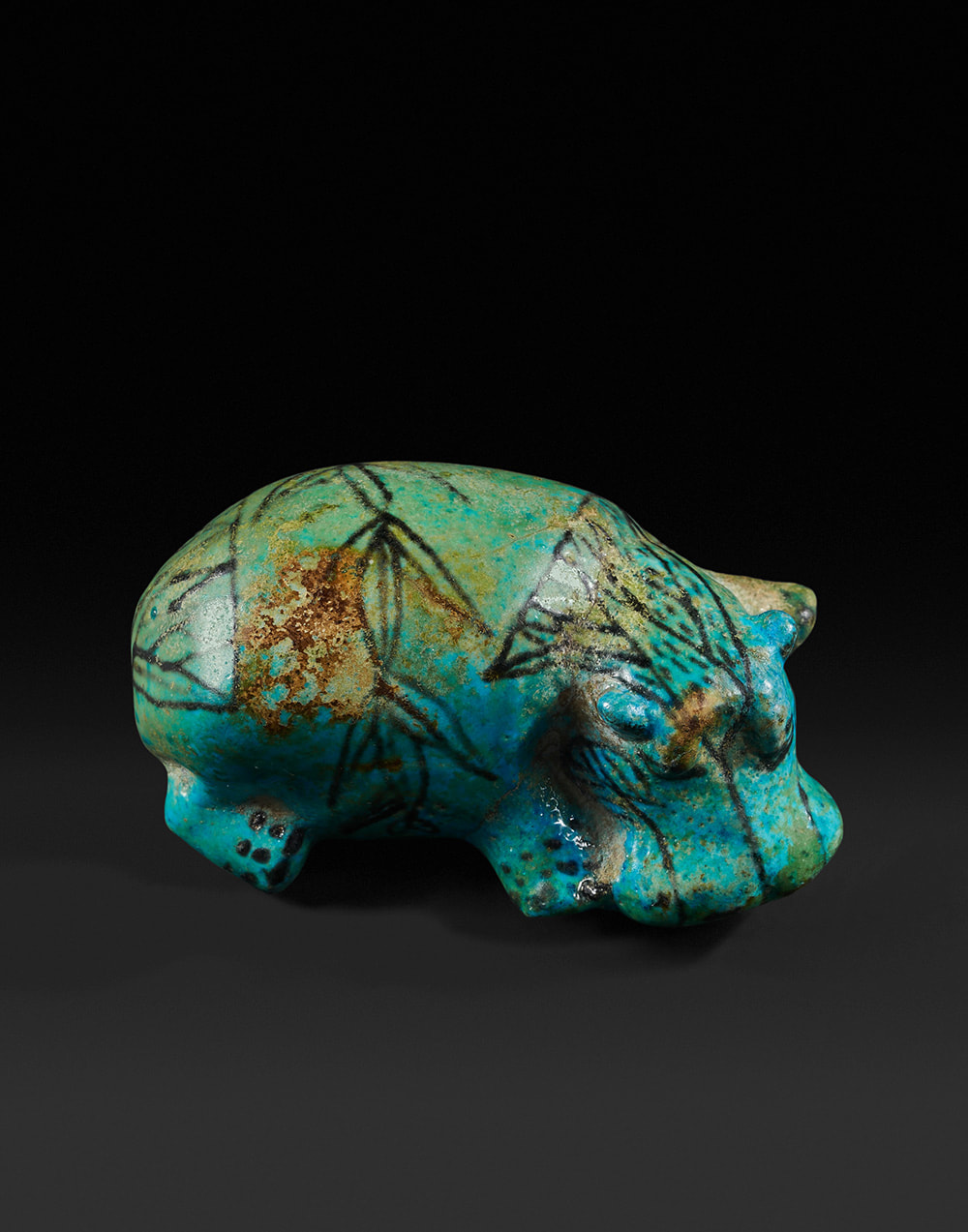GALERIE EBERWEIN
France, Germany
22 rue Jacob, 75006 Paris
Phone: +33(0)06 72 90 40 70
antonia.eberwein@egypt-art.com
egypt-art.com
Galerie Eberwein has been dealing in art of ancient Mediterranean civilisations for 40 years. Antonia Eberwein, the daughter of the founder Roswitha Eberwein, is ensuring the continuity and future success of the business with a gallery situated in the Paris Saint Germain Quarter.
The gallery specializes in Egyptian art and also deals in objects from neighbouring cultures, dating from 3500 BC to the Coptic period of around 1000 AD. Each object in the gallery portfolio is scrutinized for authenticity and provenance and has a dedicated dossier detailing history and cultural background, relevant publications and certificate of authenticity. A museum quality collection offers a wide range of high-quality objects priced to suit the pocket of the experienced collector, and enthusiasts on more modest budgets building up their collections.
Close relationships with key players in ancient art world around the globe and an international clientele which includes private collectors and museums is a testament to the gallery’s reputation. As a members of International Association of Dealers in Ancient Art (IADAA) and SNA, the gallery exhibits regularly at international fairs including PAD, BAAF, BRAFA, TEFAF, Antike in Basel, Parcours des Mondes, Bourgogne Tribal Show, OPUS Ancient Arts, La Biennale Paris and FAB Paris.
Antonia Eberwein is member of the SFEP, Syndicat Francais des Experts Professionnels en Oeuvres d’art et Objets de Collection.
Recumbent Hippopotamus
Egypt
Middle Kingdom, 2040-1782 BC
Light green faience with black details
Length 9 cm Height 4 cm
Provenance
Former private collection Ayoub Rabenou (1902-1984), hence by descent to his grandchildren
Littérature
- P. F. Houlihan: The animal world of the pharaohs, London 1997
- F.D. Friedman: Gifts of the Nile, ancient Egyptian faience, Thames and Hudson, London, 1998, p. 148, n°144 et p. 238
Parallèle
Munich ÄS 6040
The Hippopotamus is represented lying down with a good-natured appearance. Short ears surmount the bulging eyes and the muzzle has large nostrils. The forehead and upper back are decorated with aquatic plants and rosettes are painted on the body.
The hippopotamus must have been quite common in Egypt during the earlier periods, but man’s hunting pursuits and ever-increasing encroachment on the hippo’s wetland environment gradually reduced the number of these magnificent beasts. The last wild hippos were seen in Egypt in the first half of the nineteenth century. The ancient Egyptians were well aware of the phenomenal strength of the hippopotamus that artists captured by emphasizing the huge unsegmented body. The awe inspired by an animal that could devastate a farmer’s fields overnight was tempered by the Egyptians’ belief in the animal’s revitalizing power.
As a creature from the fertile mud, the hippo embodied divine powers guaranteeing rebirth. One might recognize this benevolent aspect of the beast in the friendly faces of many hippo figures.
Virtual stand tour
BACK
TO THE LIST OF THE EXHIBITORS


